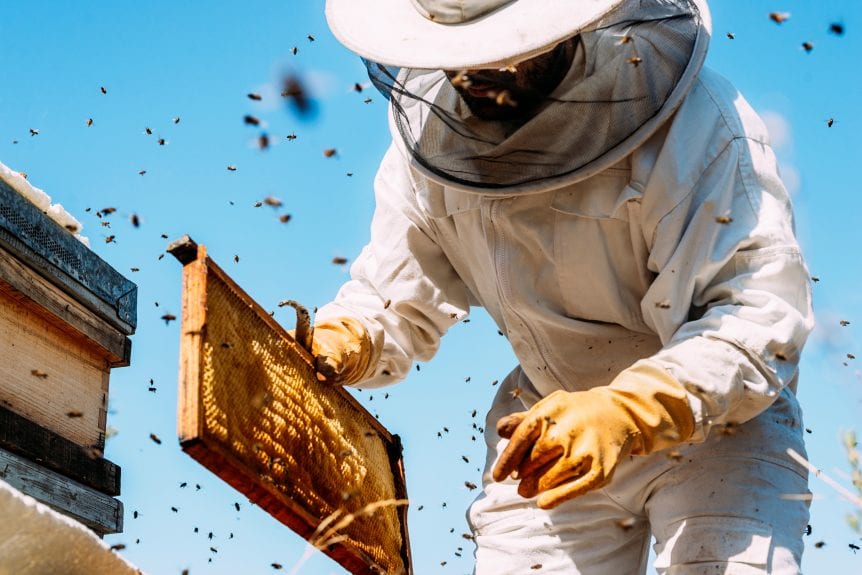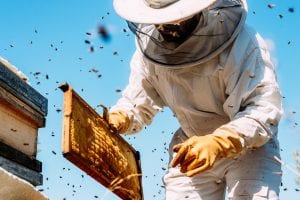The BeeWhere program is being supported by a variety of regulatory bodies in California. Debuted at the California Association of Pest Control Advisors annual conference back in 2018, the program is continuing to be more widely used. The program beekeepers and pesticide applicators together for better tracking of hive locations.
“The California Department of Pesticide Regulation, the California Department of Food and Agriculture, the Commissioner system, the California Association of Pest Control Advisors, and the Beekeepers Association were all in favor and supported this program,” said Ruben Arroyo, Riverside County Agricultural Commissioner. “As of recent, there’s been some media out there and support of BeeWhere from the Beekeepers Association.”
The rollout of the BeeWhere program has not been without its share of complications. Arroyo explained that they are continually working to make the program more user-friendly. The program itself is designed to provide for more direct communication between applicators and beekeepers. Better communication helps applicators comply with state regulations intended to protect pollinators. “We’re trying to ensure that people are following the laws and regulations set up to protect bees. So, this was a method that we decided could help with that communication line and that’s where all this really started,” Arroyo noted.
The more people who use the program provides more data points to help improve how it functions. Information that is provided to BeeWhere is kept confidential. Applicators can look on the program to see if there are hives in the area where a pesticide is going to be applied. The program provides a conduit for applicators to alert beekeepers about an upcoming application. Applicators will still need to reach out and contact the beekeeper on their own accord.
“Using the system alone doesn’t meet the requirement, you still have to do your part. That’s partly what we’re trying to accomplish as of recent in our outreach, is to ensure that the applicator and the beekeeper are talking,” said Arroyo. “This is where the outreach and these efforts letting the industry know where we are and how the program works and that their obligation to contact the beekeeper is still in the regulation.”
Listen to the interview below.











